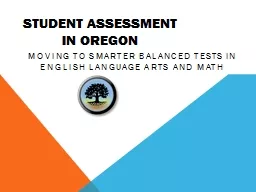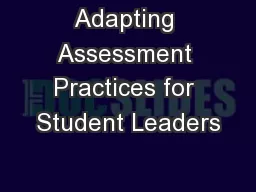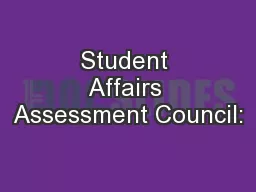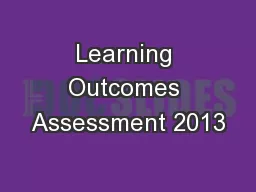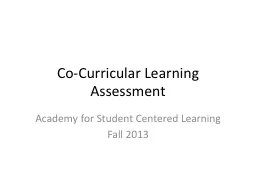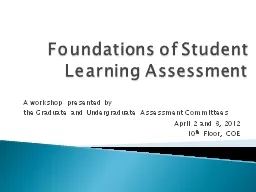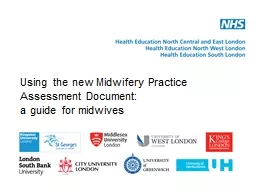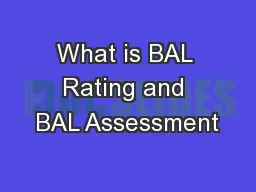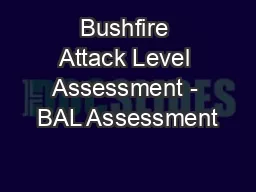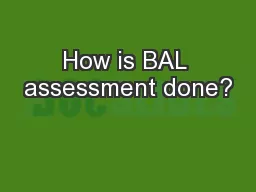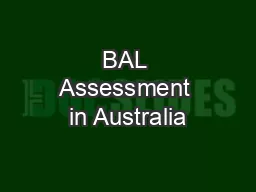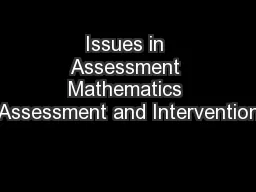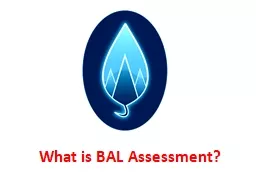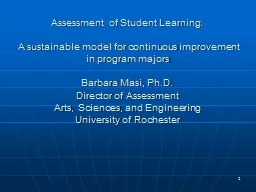PPT-Student Assessment
Author : mitsue-stanley | Published Date : 2015-10-24
in Oregon Moving to Smarter Balanced tests in English Language Arts and Math Whats new in oregon education How are we improving education in Oregon What do assessments
Presentation Embed Code
Download Presentation
Download Presentation The PPT/PDF document "Student Assessment" is the property of its rightful owner. Permission is granted to download and print the materials on this website for personal, non-commercial use only, and to display it on your personal computer provided you do not modify the materials and that you retain all copyright notices contained in the materials. By downloading content from our website, you accept the terms of this agreement.
Student Assessment: Transcript
Download Rules Of Document
"Student Assessment"The content belongs to its owner. You may download and print it for personal use, without modification, and keep all copyright notices. By downloading, you agree to these terms.
Related Documents

